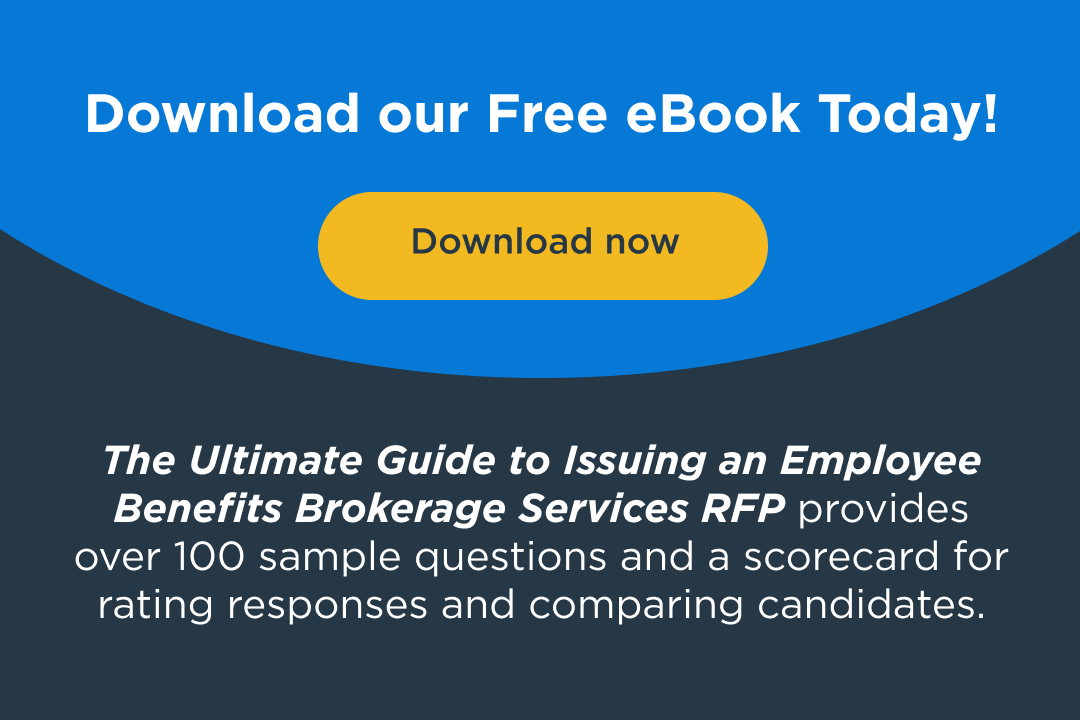Is an HDHP Right for Your Workforce? What Employers Need to Know
April 22, 2025

High Deductible Health Plans (HDHPs) continue to gain popularity among employers seeking to manage healthcare costs while still offering comprehensive benefits. But while HDHPs come with clear advantages—lower premiums and the ability to pair with tax-advantaged Health Savings Accounts (HSAs)—they aren’t a perfect fit for every employer or employee population.
For HR professionals, understanding whether an HDHP aligns with your organization’s workforce, culture, and goals is essential to making the right benefits decisions. Here’s a breakdown of the types of employers who are often best suited to offer HDHPs—and a few considerations to keep in mind before making the switch.
1. Employers with a Younger, Healthier Workforce
Organizations with younger employees who typically use fewer healthcare services may find HDHPs to be an ideal fit. These employees are less likely to require frequent care, making them more open to higher deductibles in exchange for lower monthly premiums.
Best Fit Industries:
- Startups
- Tech companies
- Creative agencies
- Retail and hospitality
Why it Works: Younger employees can save money by paying lower premiums while building tax-free savings in an HSA for future healthcare needs.
2. Employers That Offer Generous HSA Contributions
HDHPs can be highly attractive when paired with employer-funded contributions to Health Savings Accounts. Employers who contribute meaningfully to HSAs help reduce financial barriers for employees and show they’re invested in their long-term well-being.
Best Fit Employers:
- Mid-sized companies looking to attract cost-conscious talent
- Organizations transitioning from PPOs to HDHPs
- Employers focused on financial wellness initiatives
HR Tip: Consider matching employee HSA contributions or seeding accounts annually to ease the deductible burden.
3. Cost-Conscious Employers Seeking Long-Term Sustainability
Employers facing rising healthcare costs may view HDHPs as a sustainable solution to keep premiums under control. While not a quick fix, HDHPs offer long-term cost predictability—especially when combined with strategic cost-management efforts like pharmacy carve-outs, wellness programs, and data-driven plan design.
Best Fit Industries:
- Manufacturing
- Construction
- Nonprofits and municipalities with budget constraints
Why it Works: Lower premiums help employers maintain plan affordability and reinvest savings in other areas of employee benefits.
4. Employers Focused on Consumer-Driven Healthcare
Companies that emphasize financial literacy, transparency, and employee ownership of healthcare decisions often find HDHPs align well with their culture. Educated employees are more likely to use healthcare tools wisely, shop for services, and engage in preventive care.
Best Fit Employers:
- Financial services firms
- Consulting companies
- Engineering and tech-driven environments
HR Tip: Support HDHP adoption with strong communication, decision-support tools, and wellness education to empower employees as consumers.
5. Multistate Employers Needing Plan Consistency
For employers with operations across states like Arizona and New Mexico, HDHPs can offer consistency and compliance across varied regulatory landscapes. A national carrier’s HDHP offering may be easier to administer than multiple regional PPOs or HMOs.
Best Fit Employers:
- Franchises and national chains
- Remote-first organizations
- Regional businesses with multistate footprints
Why it Works: Simplified administration and uniform employee experience help HR teams manage benefits more efficiently.
Considerations Before Offering an HDHP
Despite their many advantages, HDHPs aren’t ideal for every workforce. Consider the following before making the leap:
- Employee Income Levels: Lower-wage earners may struggle with high deductibles, especially if HSA contributions aren’t robust.
- Chronic Conditions: Populations with ongoing medical needs may find HDHPs unaffordable without strong supplemental support.
- Change Management: Transitioning from traditional PPOs requires education, communication, and year-round support to avoid confusion or dissatisfaction.
Striking the Right Balance
An HDHP can be a smart component of your benefits strategy—but it works best when it’s one part of a diverse plan offering. Many employers offer HDHPs alongside PPOs or HMOs to give employees a choice based on their personal needs and risk tolerance.
At HUB Southwest, we work with employers across Arizona, New Mexico, and beyond to determine whether HDHPs are the right fit—and how to implement them successfully. From plan design and employee education to pairing with HSAs and ancillary benefits, we help you build a benefits package that’s both financially sustainable and employee-friendly.


